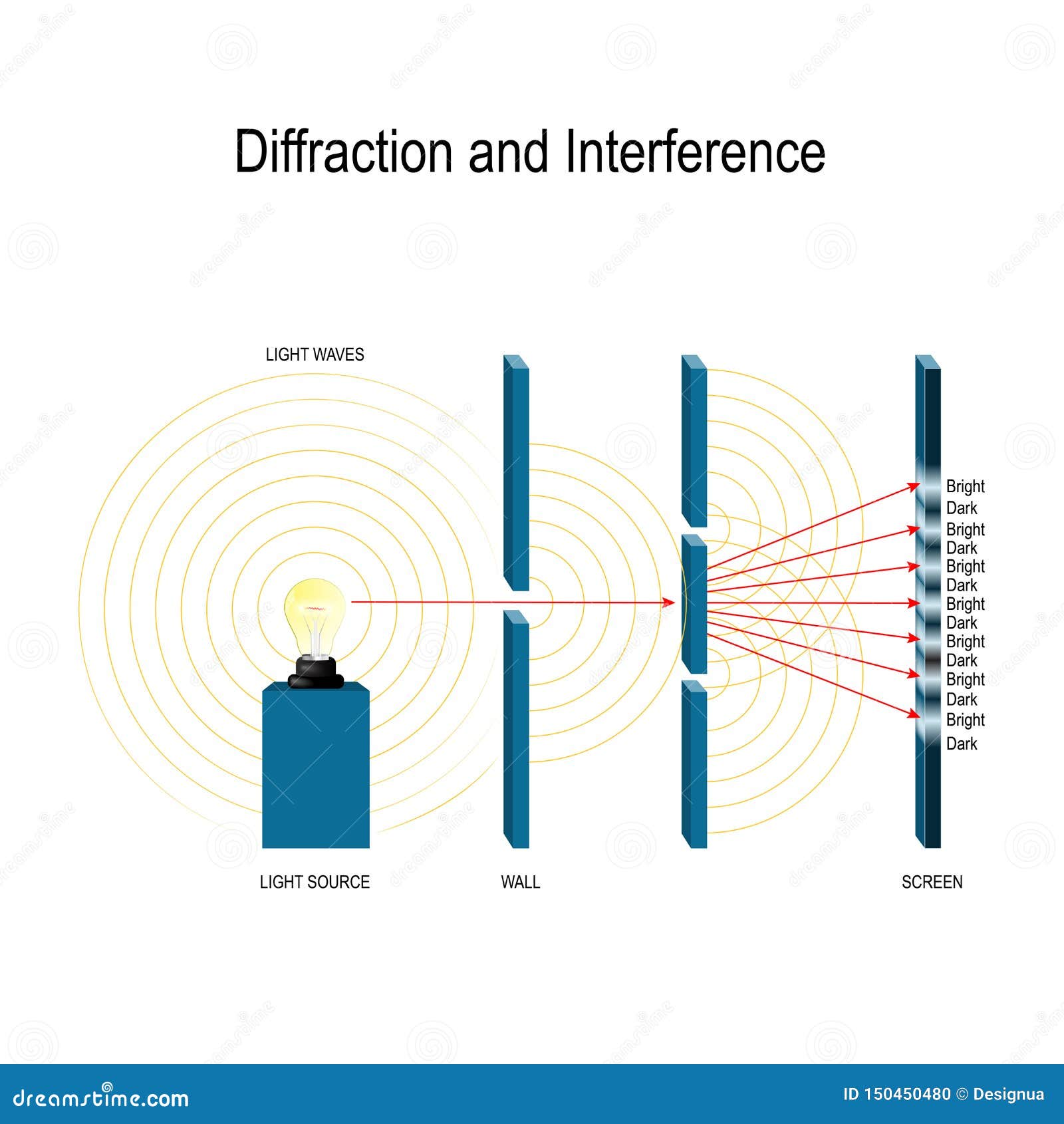
In addition, CFD techniques have been used. However, there has been work on internal converging configurations, although their shock wave structures are very difficult to visualize experimentally. Here, the external flow allows good visualization of the shock wave pattern as it progresses. The most commonly studied configuration, as in steady flow, is that of a moving shock wave impinging on a center-body cone with its apex facing upstream. Unlike wedge configurations, only limited experimental work is available for axisymmetric cases. The study of moving shock waves is quite difficult experimentally because of the short times available for observations and theoretically because of the time-dependent terms in the equations.

Thus, moving shock waves are the general case and stationary ones are special cases where the wave is fixed by a flow of equal velocity opposed to its motion. In nature, processes are commonly unsteady. MILTON, in Handbook of Shock Waves, 2001 9.2.2 MOVING SHOCK WAVES Obviously, this reasoning also holds for system (3.7), which has a solution corresponding to the above-posed boundary-value problem if and only if the surface Σ 1 surrounds the set of singularities of the analytic continuation of the field U 1 into the interior of S and the surface Σ 2 surrounds the set of singularities of the analytic continuation of the field U i into the environment.īy analogy with the terminology used in Chapter 2, the NFM, where the null field condition is satisfied on a surface obtained by an analytic deformation of the scatterer boundary, will be called the modified null field method (MNFM).īRIAN E. Moreover, we previously showed that the most stable and fast-operating algorithms are implemented when the auxiliary surface is constructed by an analytic deformation of the scatterer boundary to the wave field singularities, just as in the modified MAC. But all such representations are meaningful only outside the set Ā. Indeed, to solve equations (3.4), it is necessary to use some analytic representations of the scattered field U 1 r →.

Įquation (3.4) has a solution corresponding to the above-posed boundary-value problem if, and only if, the surface Σ surrounds the set Ā of singularities of the analytic continuation of the field scattered at a body bounded by the surface S. We consider the case where the surface S is analytic, i.e., where it can be prescribed by an equation analytically depending on the variables. The null field condition (3.4) is satisfied everywhere inside the scatterer, but as we see below, for the correct application of this condition when solving the boundary-value problems, it is necessary to have the complete information about the singularities of the wave field analytic continuation into the interior of the scatterer. However, some representations of the boundary values of the quantities U | S and ∂ U / ∂ n | S must be used in any attempt to solve these equations, and already in this case, for example, (3.4) means that the sum of the diffraction and incident fields is zero (see below). We note that the word combination “null field condition” does not completely explain the meaning of formulas (3.4) and (1.6), because the integral on the left-hand sides of these relations is not the wave field inside S. This condition allows one to obtain a Fredholm integral equation of the first type with a smooth kernel, and precisely this equation underlies the null field and Т-matrix methods. įormula (3.4) (and (1.6)) is called the null field condition.


 0 kommentar(er)
0 kommentar(er)
